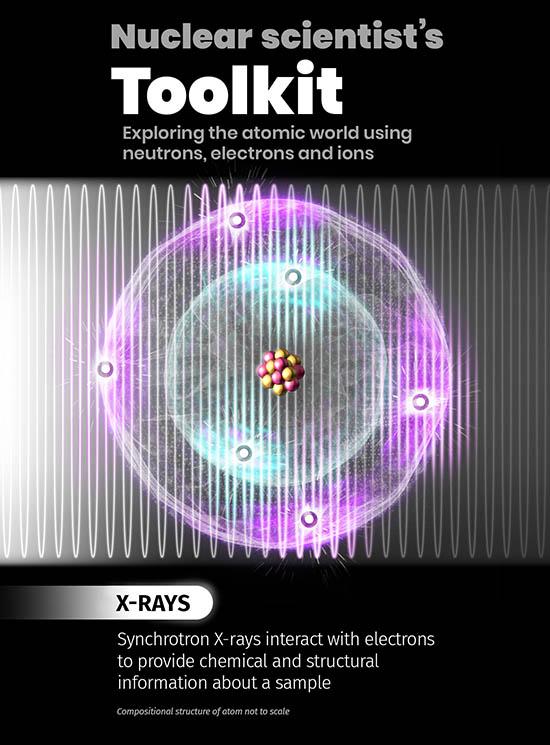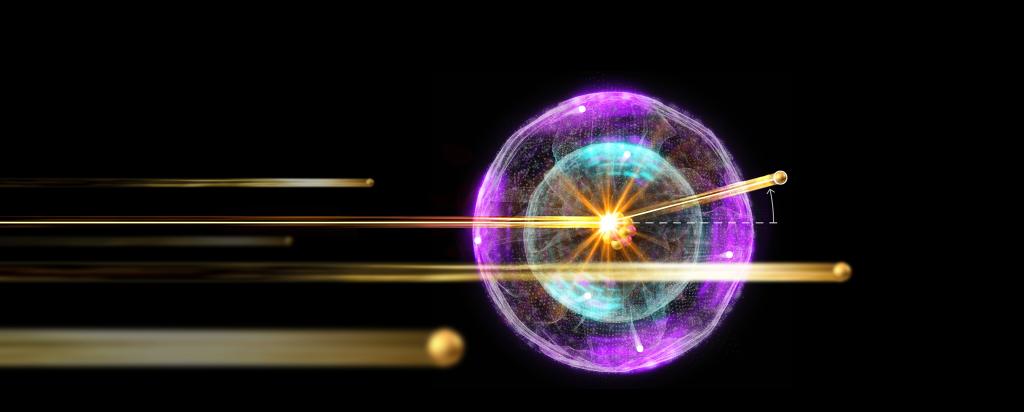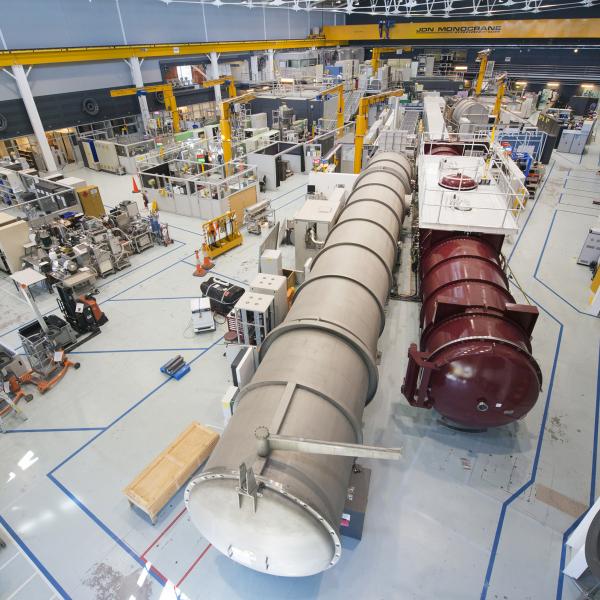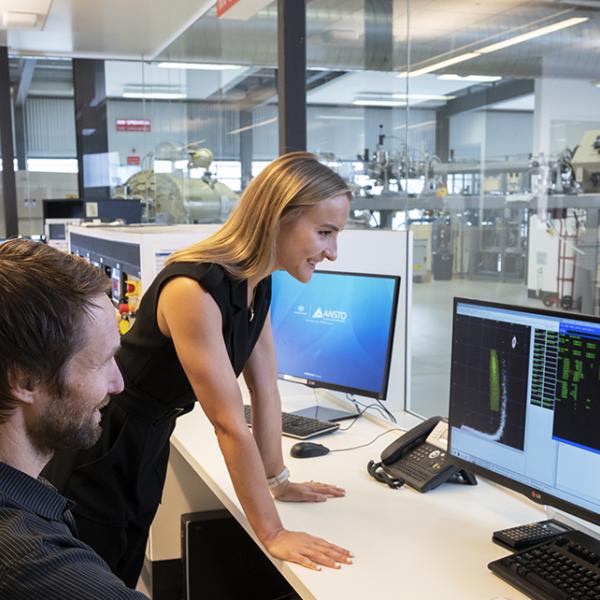

Published on the 27th May 2022 by ANSTO Staff
In Part 2 of our series exploring the world of nuclear science and technology at ANSTO, we share more detailed information about the nuclear scientist’s toolkit.
Revealing the atomic-scale secrets of materials requires a variety of cutting-edge imaging and analytical instruments that use beams of different types of particles. Beams of x-rays, neutrons, and ions provide complementary information about various aspects of a material’s structure at the molecular and atomic levels. When combined, these techniques reveal insights that enable us to understand and ultimately control the properties of materials.
ANSTO today provides the research community with a suite of scientific user facilities—x-ray light sources, neutron sources, and ion accelerators — to explore the atomic world.
Our user facilities enable experimental studies that cannot be done in ordinary laboratories, and these facilities have created a new style of research in which scientists conduct investigations that benefit from a merging of ideas and techniques from different disciplines.
Together many thousands of researchers pursue investigations at ANSTO’s facilities that improve the economy, energy options, medical treatments, and technologies and improve our fundamental understanding of the materials that make up our world.
X-ray light sources
Millions of times brighter than the sun, light sources such as ANSTO’s Australian Synchrotron generate high-quality, stable beams of x-rays and other electromagnetic radiation that can be used for numerous experimental techniques.
Electrons are deflected as they travel past bending magnets along the circular track of a synchrotron or through other specially designed magnetic devices. This creates a continuous spectrum of radiation with various wavelengths and strengths (such as infrared light and hard or soft x-rays) that scientists select to suit their particular experiments.
These rays are then sent down beamlines to sophisticated instruments in work areas or end stations where studies are conducted.
Using synchrotron light to interact with the electrons in an atom, scientists reveal the structure, chemical composition, electronic properties, and other features that are critical to materials science, chemistry, archaeology, molecular electronics, and a host of other disciplines.
Neutron sources
Neutrons are produced in fission reactions by the OPAL multi-purpose reactor for scientific experiments. They travel through guides to a suite of fifteen instruments at ANSTO’s Australian Centre for Neutron Scattering, where materials are investigated.
The highly penetrating neutrons are scattered by the nucleus of an atom. Neutrons can also interact with unpaired electrons through a magnetic mechanism. Special detectors measure neutron scattering and send the data to a computer for various analyses and processing.
This includes reconstructing a three-dimensional view that reveals the inner parts of a complex sample or even provides information on the motion of atoms.
Ion accelerators
Ion beam accelerators are a technology that imparts energy to charged particles called ions.
Ion accelerators at ANSTO'S Centre for Accelerator Science use two advanced techniques, accelerator mass spectrometry and ion beam analysis, to investigate the structure, composition, and age of materials or improve their properties.
Advanced accelerator techniques are so sensitive they are capable of counting individual atoms in a few grams of a material.
The sensitivity is sometimes described as the ability to detect a drop of wine poured into Sydney Harbour.
Acknowledgement: Adapted from content provided by The Department of Energy (US) and the International Atomic Energy Agency (IAEA)
Read Part 1 Our understanding of the atom powers ANSTO's nuclear and accelerator research techniques






